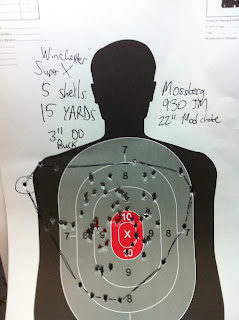Halloween in '16: Vampire: The Masquerade - Bloodlines
For this year's special run of Halloween posts, Shangrila Towers is spotlighting those infamous creatures of the night - vampires. Keep your crucifix handy, and pray for dawn...
"Vampire: The Masquerade - Bloodlines" is the last project from Troika Games, a studio founded by "Fallout" alums Tim Cain, Leonard Boyarsky and Jason Anderson.
In many ways, the game is emblematic of the highs and lows Troika brought to the table as developers - great writing, inspired game design which allowed you to talk, sneak, or fight your way out of most situations, and a whole mess of mood-killing bugs:
You play as a fledgling vampire straight out of White Wolf's "World of Darkness" pen-and-paper RPGs. At character creation, you can make anything from a genteel Ventrue to a ghastly Nosferatu. The choices continue on through Bloodlines' very first mission (which allows you to seduce your way to victory without firing a single shot), and its first major quest-givers, a pair of vampire sisters who use you as a pawn against each other, culminating in a very psychological battle.
Unfortunately, due to a strict release deadline handed down by Activision, there are rough edges throughout, and the last part of the game is unfortunately incomplete. The game's protracted development cycle also means it has pretty ugly graphics, even by 2004 standards (it was famously released on the same day as "Half-Life 2"). Still, if you're willing to do some patching and modding, "Bloodlines" is an engaging RPG that just needed a little more time to become a classic - a flawed but beautiful being, like the undead it portrays.





































